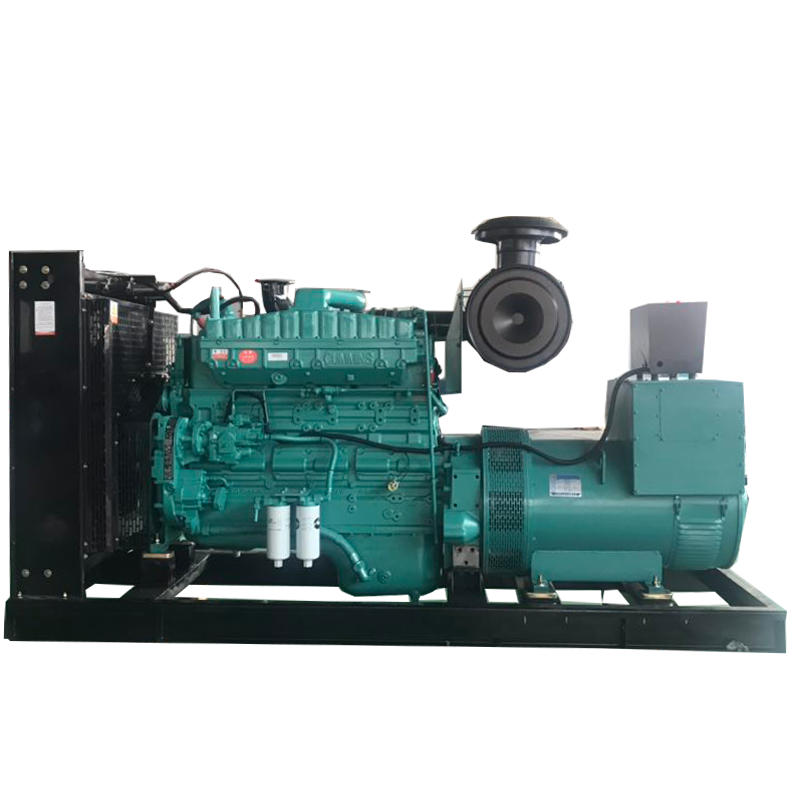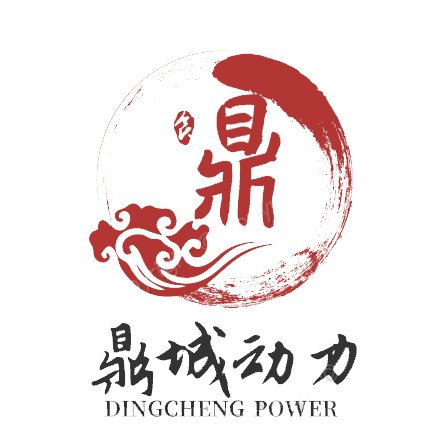How does the generator manufacturer solve the fault of leading generator power factor?

We know that the lead and lag shown in the generator power factor meter of the generator manufacturer reflect the phase relationship between voltage and current in the line. The power factor meter shows hysteresis, which is a common case, indicating that the current phase lags behind the voltage phase, indicating that the line is sensitive, mainly motor load, and the reactive power of the line needs capacitance compensation.
The leading of the power factor meter indicates that the current phase is leading the voltage phase, and that the line is capacitive. The capacitance in the load is too large, which usually occurs when the capacitance is overcompensated. The advance of power factor will usually make the power grid unstable, easy to impact and cause power grid failure, so it is necessary to avoid the advance as much as possible. If there is no capacitive load in the line, the power factor will be displayed in front. Usually, there is a problem with the wiring of the meter; Otherwise, the meter is faulty.
If there is no problem with the power factor meter and wiring, is it because there is a problem with the excitation device of the generator itself? Those who have learned the principle of synchronous generator are very clear that after the synchronous generator is connected to the grid, the voltage and frequency of the grid are certain, and the active power absorbed by the synchronous generator from the grid is determined by the load it drives.
If the load remains unchanged, adjusting the excitation current of the generator will change the stator current. In other words, the power factor of a synchronous generator is determined by the excitation current. The excitation current increases, the electromotive force E0 increases, and the synchronous generator operates in the overexcited state. At this time, the stator current of synchronous generator is higher than the front voltage, and the back EMF – E0 is larger.
The generator draws capacitive current and capacitive reactive power from the grid, or sends inductive current and inductive reactive power to the grid to improve the power factor of the whole grid. The excitation current decreases, the electromotive force decreases, and the synchronous generator operates under excitation. At this time, the synchronous generator absorbs the inductive current from the grid, increases the inductive load, increases the inductive reactive current required by the load, and reduces the power factor of the entire grid.
Therefore, synchronous generators generally do not operate under excitation, and are designed according to the operating conditions of overexcitation. The excitation current of synchronous generator shall not be too large, because excessive excitation current will lead to the increase of stator current, and the loss of stator and rotor will also increase, thus increasing the temperature rise of the motor. If the operation is wrong, it is easy to cause unnecessary accidents!
As the heart of ship power, the importance of ship generator power is self-evident! There are many kinds of faults on board. How to solve them easily? In fact, it is necessary to grasp the essence of the problem. In addition to relying on the supervisor’s solid knowledge reserves and rich work experience, starting from a small problem is a strategy. As the saying goes, no snowflake in an avalanche is innocent! As an engineer manager, we must pay attention to solving daily small problems, and eliminate the failure in the bud with a serious and responsible attitude. Don’t wait for big problems to regret!
